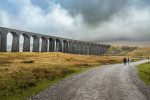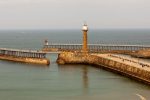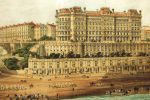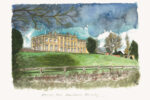A History of Spurn Lighthouse, Kilnsea
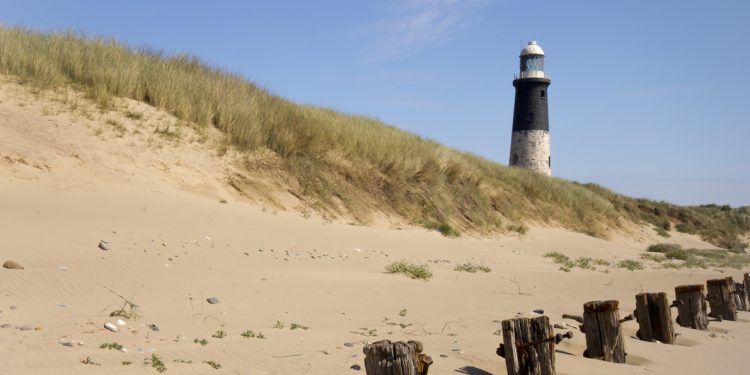
By Roger O’Reilly
Spurn point is a low sandy spit of dunes and marram grass that extends about 4km into the mouth of the river Humber. Like all sandbars along this coast, it is hostage to the tide and storm and over the last three hundred years it has moved westward and increased in length. The present lighthouse is the last in a series of lights that have endeavoured to making navigating the shifting channels of this part of the coast a little safer.
The first light on the point is reputed to have been erected by a hermit called William Reedbarrow in the mid thirteenth century, but no remains of his structure survive. Three centuries later in 1674 a London merchant, Justinian Angnell, gained permission to build a pair of coal burning lights on the point despite the protestations of the Brethern of Trinity House. These were regularly washed away by the tides and had to be re-built. That the point today has moved 3km south of the site of these structures give some indication of the permeability of this stretch of coastline.
“Huge storm”
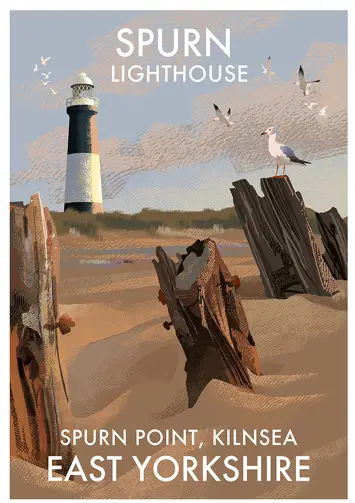 By the mid eighteenth century, the bar had grown almost 2 km to the south and the lights were now regarded as dangerously misleading. An act of Parliament resulted in the decision to commission John Smeaton to build a new pair of towers. These were a pair of swape towers, where the coal fire was lit in a metal basket or brazier and swung out over the edge of the tower on a wooden swape or wooden swivelled lever. Eventually the brickwork on the upper tower started to crack and in 1892 it was replaced by the present 39-metre lighthouse. Its main light had a range of 31 km with separate sector lights, two of which marked particular shoals or sandbanks, while another indicated the main channel along the Humber. Due to improvements in navigation, the light was discontinued in 1985.
By the mid eighteenth century, the bar had grown almost 2 km to the south and the lights were now regarded as dangerously misleading. An act of Parliament resulted in the decision to commission John Smeaton to build a new pair of towers. These were a pair of swape towers, where the coal fire was lit in a metal basket or brazier and swung out over the edge of the tower on a wooden swape or wooden swivelled lever. Eventually the brickwork on the upper tower started to crack and in 1892 it was replaced by the present 39-metre lighthouse. Its main light had a range of 31 km with separate sector lights, two of which marked particular shoals or sandbanks, while another indicated the main channel along the Humber. Due to improvements in navigation, the light was discontinued in 1985.
In December 2013 a huge storm charged into the North Sea sending a tidal surge barrelling down the east coast of Britain. When it finally reached Spurn, the thin neck of land simply snapped in two. The road running down to the tip of the point, which had weathered many a storm since its construction at the outbreak of the First World War, was destroyed in less than an hour. Erosion at the landward end of the spit has resulted in the point becoming a tidal island and access now is by foot only at recommended crossing times.
With a rigorous 5km trek to the points end, The Yorkshire Wildlife Trust, decided to turn adversity into opportunity and introduced their Spurn Safaris. Visitors climb onto a specially converted Unimog 4×4, bought from the Dutch army, and trundle across the washover zone to see the lighthouse, which the trust renovated in 2016. There they can climb its 39 metre of steps to the lantern room, taking in views across the coast and later explore a warren of old Army gun emplacements dating from the First World War.
Artist and author Roger O’Reilly has spent the last five years illustrating the 350 lighthouses of Britain and Ireland. They are available as prints from lighthouseeditions.com. A book will be out in early 2024.
